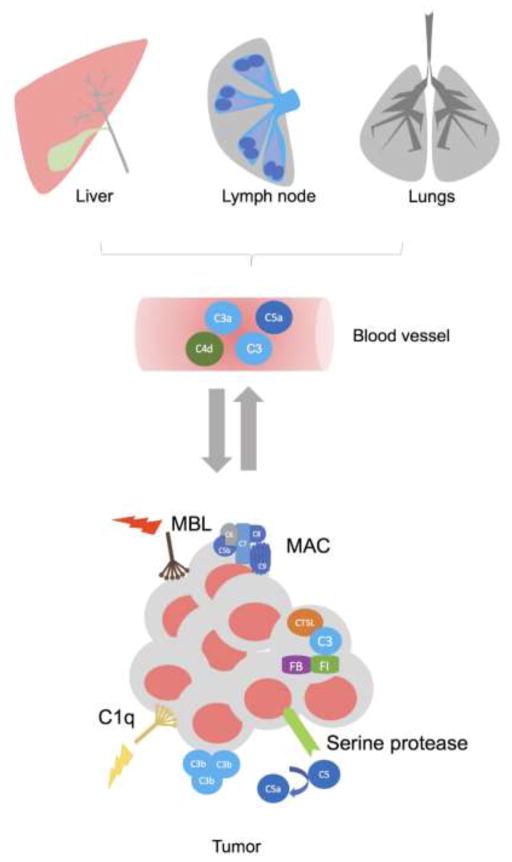Figure 1. The sources of complement proteins and mechanisms of complement activation in cancer.
The complement proteins are abundant in plasma and other body fluids. Therefore, in cancer patients and mouse models of cancer, the large quantities of complement proteins are available for activation, virtually in every location in the body, including primary tumors and metastasis-targeted organs, without a need of additional complement protein synthesis. However, several studies demonstrated that the increased quantities of complement are produced in the liver, lymph nodes, metastasis-targeted organs, and tumors. The activation of complement was demonstrated in several malignancies because deposition of complement fragments (C1q, MBL, C5b-9, C3b) was detected in tumors and complement effector molecules (C3a and C5a) and complement cleavage fragments (C4d) were present in plasma, bronchoalveolar lavage or tumor homogenate. In addition to the three well characterized pathways of complement activation, C5a can be generated through C5 cleavage by serine proteases expressed in tumors, and C3 can be cleaved inside CD4+T cells and CaCO2 cell line through cathepsin L-mediated (CTSL) mechanism. This latter mechanism is pivotal to T cell homeostasis.

